
|
|
|
|
|
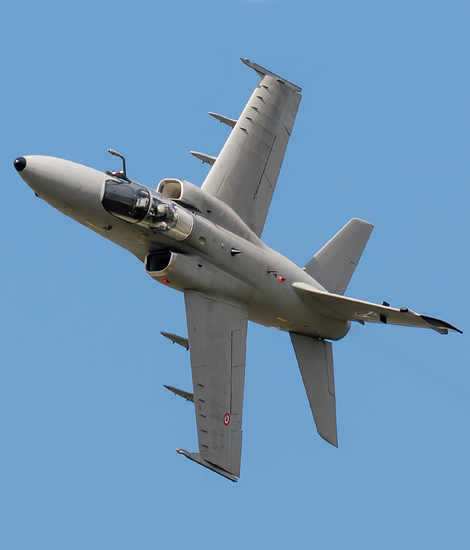
|
The Development of the Hawk; RAF Fairford, July 13 & 14, 2014
The BAE Systems Hawk, part 1; Text and Photograph's by Alex van Noye
The BAE Systems Hawk is a British single engine advanced jet trainer designed for the RAF. The lightweight aircraft flew for the first time in 1974 from Dunsfold in Surrey. The aircraft was initially introduced as the Hawker Siddeley Hawk and is used as a low cost fighter, support aircraft and advanced trainer.
The first specification for the Hawk was drafted by the RAF and the Air Staff as Target 362 in 1964. The specification was created to develop a replacement for the Folland Gnat in the role of fast jet trainer. The SEPECAT Jaguar was initially developed for this role, but the aircraft was too advanced for the trainer role. The next study was started in 1968 by Hawker Siddeley to design a simpler aircraft for this role. The design was designated as special project 117. The plane had a tandem cockpit which was also suitable for combat operations as it would benefit from export orders. The RAF has selected the future Hawk design on October 1, 1971. The agreement for the delivery of 175 aircraft was signed in March 1972. The first prototype of the Hawk first flew on August 21, 1974. Finally, the plane would enter service for the first time in the RAF as the Hawk T1 at the end of 1976. A special feature is the fact that the entire Hawk project remained within budget and deadlines during the development and delivery of the aircraft. The first export Hawk 50 flew on May 17, 1976. The aircraft was designed as a dual-role lightweight aircraft in the role of advanced trainer and light attack aircraft. Through the years, there were several variants of the Hawk developed which had improved engines and a longer operational range. The Hawk received over the year’s radar, a GPS system and a forward looking infrared (FLIR) sensor. Later models have more sophisticated electronics on board.
A major competitor to the Hawk is the French German Dassault/Dornier Alpha-Jet. Many countries often abolished the Hawk as a replacement for their Douglas A-4 Skyhawks and their outdated Hawker Hunters. During the 80s and 90s BAE Systems has been trying to sell the Panavia Tornado to countries such as Thailand and Indonesia. However, these countries concluded that the Hawk was more suited for their tasks and ambitions compared to the Tornado. Malaysia and Oman cancelled their Tornado orders at the beginning of the 90s and replaced it with new Hawk orders.
|
|
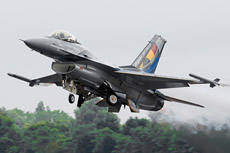
|
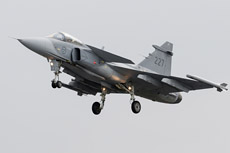
|
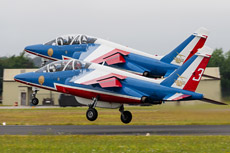
|
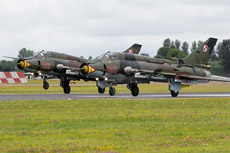
|
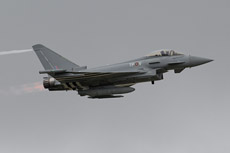
|
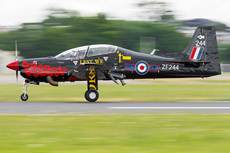
|
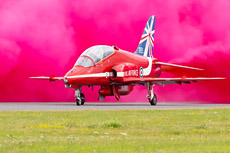
|
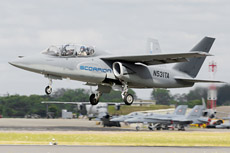
|
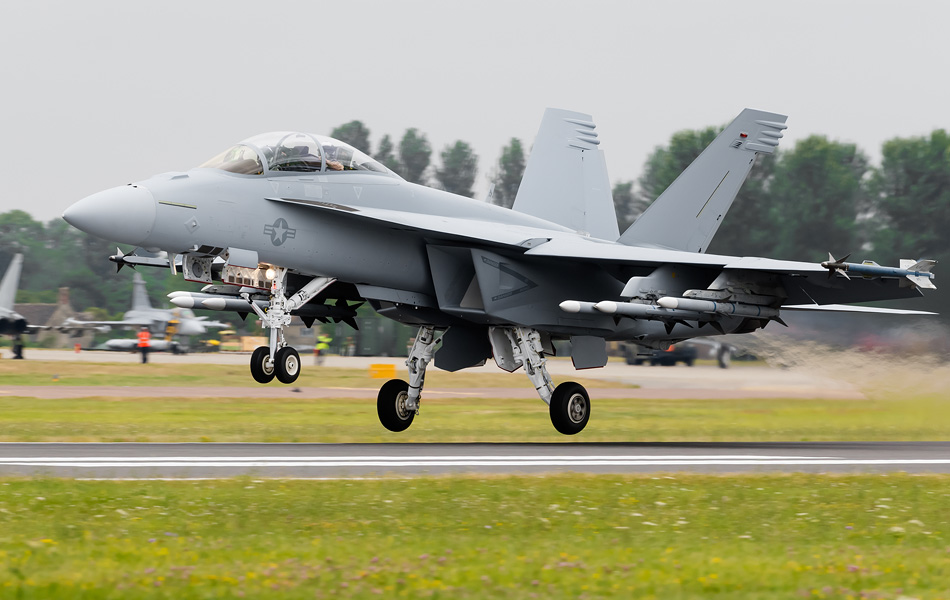
|
The Hawk is designed as an agile aircraft which can reach a maximum speed of Mach 0.88 in normal flight and Mach 1.15 in a dive. The pilots who are trained with the Hawk have gained already supersonic experiences before they fly with more sophisticated aircraft. The fuselage of the Hawk is very strong and is able to withstand forces of +9G. The nominal forces during normal flight on the Hawk will be in the range from +7.5g to -4G. A hydraulic system ensures that the Hawk Pilot is able to control vital components such as flaps, landing gear and flight controls. The Hawk is a design with a double tandem cockpit and low-mounted arrow wing. Unlike many other aircraft at the RAF, the Hawk is specifically developed for the training task. The Hawk is an aircraft which is very easy to maintain and the operating costs are therefore significantly lower than its predecessors such as the Jet Provost.
In the fuselage of the design is chosen for a height difference between the front cockpit and the rear cockpit. This configuration allows both the student and the instructor to have a decent forward view. The cockpit is equipped with two Martin Baker Mk10B Zero Zero rocket propelled ejection seats. The Hawk has two air intakes next to the cockpit and the aircraft is equipped with the Rolls-Royce Turbomeca Adour engine. During the development of the Hawk much attention has been paid to reducing the consumption of the engine and the reliability of it. Also a single seat model of the Hawk was developed for better opportunities on the export market. The front cockpit is in the single seat variant of the Hawk removed which creates more space to build in various electronics such as multi-mode radar, a laser rangefinder and a FLIR system. Some export versions have additional options on their aircraft such as wingtip weapon stations and an in-flight refueling system. The Hawk can carry a gunpod on its centerline station. This system is often used for training flights because the Hawk has no built in onboard canon. The gunpod on the centerline is a 30mm ADEN cannon. Under the wings, the Hawk has two hardpoints per wing where various weapon and electronic systems can be mounted. The Hawks in RAF service can be equipped with the AIM-9 Sidewinder air-to-air missile for the short distance. The Hawk can in addition to the Sidewinder also carry a variety of weapons such as Mk-82 500 Pound bombs and rocket pods. At the beginning of the 90 British Aerospace has also examined whether the Hawk could be equipped with the Sea Eagle anti-ship missile.
The US government was in addition to the RAF and the Royal Navy interested in the Hawk. The Americans wanted to have a variant of the Hawk which was able to land on an aircraft carrier for the training of their Navy pilots. The American version of the Hawk would be designated as the T-45 Goshawk. The design of the Goshawk is based on that of the Hawk 60, which was developed by British Aerospace. The demand for a replacement for the obsolete T-2 and TA-4 trainers began in the mid-70s. The US Navy launched the VTXTS advanced trainer program in 1978. British Aerospace received in collaboration with McDonnell Douglas the contract for the T-45 in 1981. The Hawk was initially not designed to land on carrier. The necessary redesigns of parts of the aircraft were made to realize this. The most important changes were a system which kept the aircraft stable at the lower approach speed and a stronger fuselage for the aircraft. The Goshawk received a stronger landing gear and an arrester hook for landing on ships. The Goshawk made its first flight in 1988 and became operational in 1991. BAE Systems built the fuselage for the aircraft in the UK and the aircraft was assembled in the factories of Boeing in the United States. The T-45A aircraft were modernized from 2007 to the T-45C standard during the Required Avionics Modernization Program. Over the years a total of 221 goshawks were built for the US Navy of which the last one was delivered in November 2009.
|
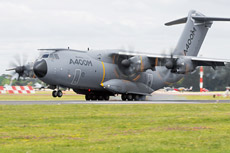
|
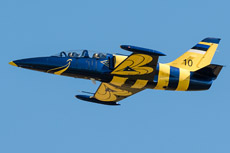
|
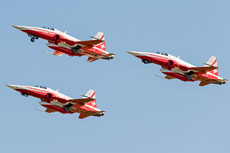
|
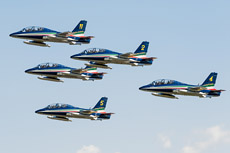
|
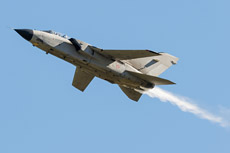
|
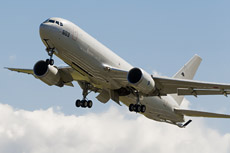
|
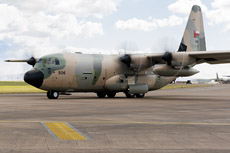
|
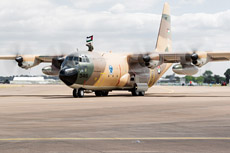
|
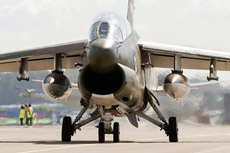
|
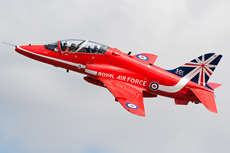
|
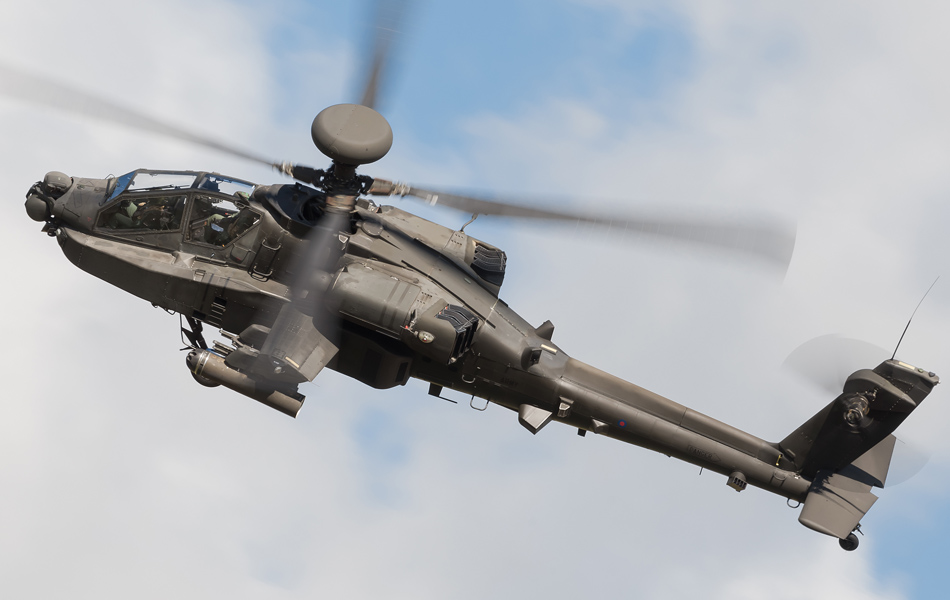
|
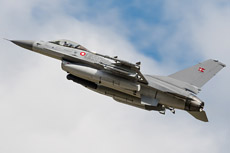
|
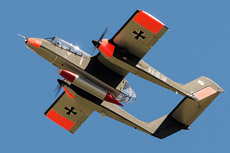
|
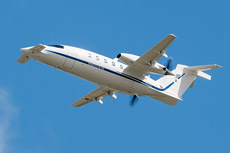
|
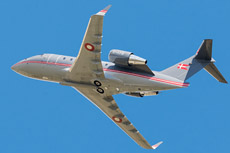
|
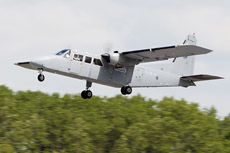
|
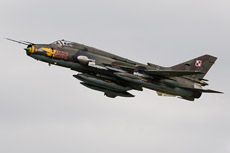
|
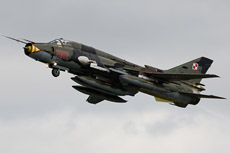
|
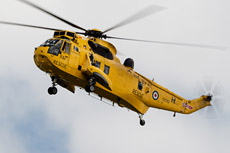
|
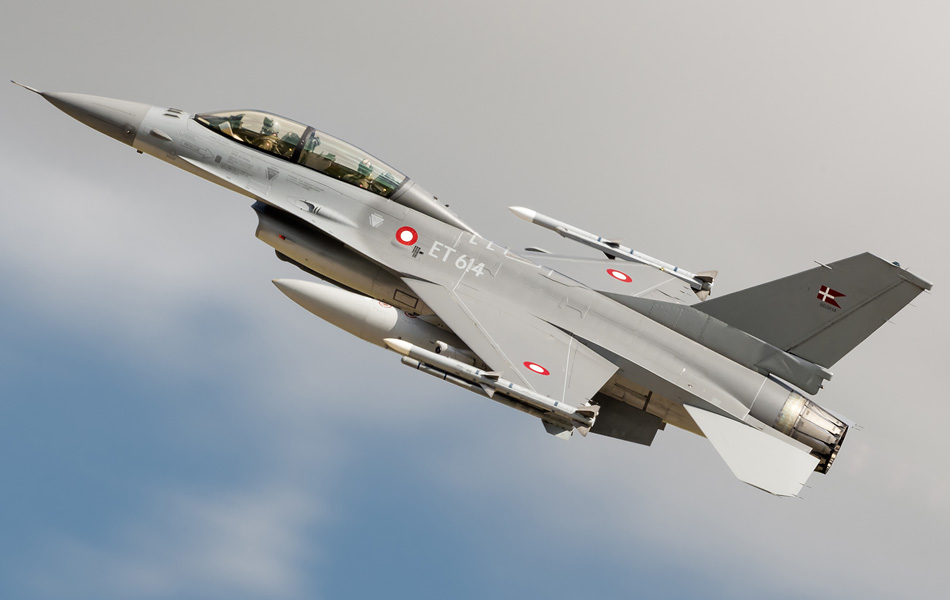
|
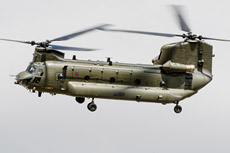
|
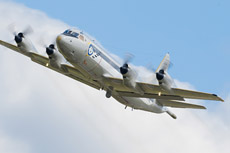
|
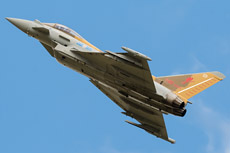
|
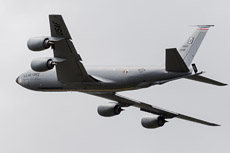
|
|
|

|







